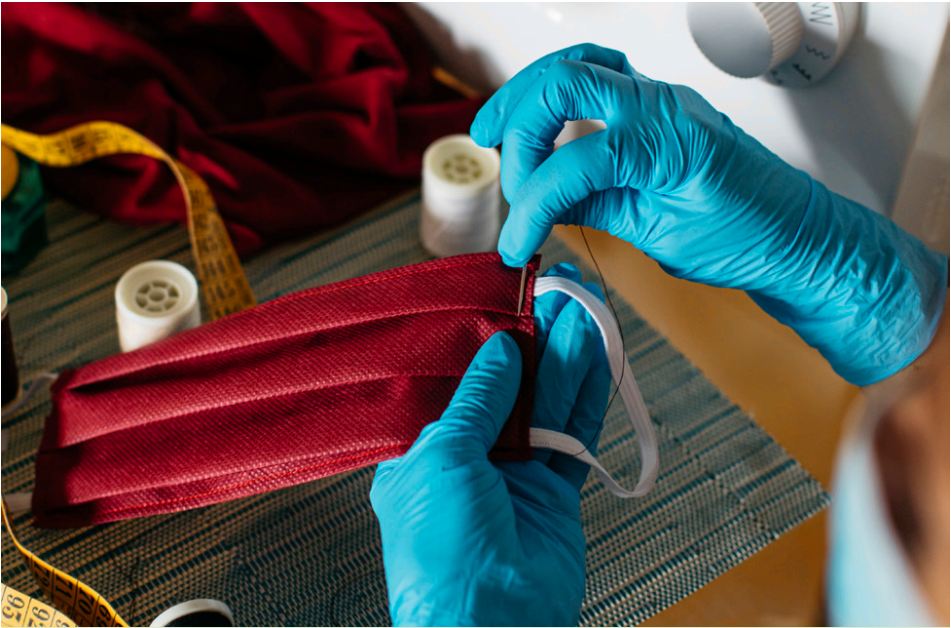
India’s technical textiles market, which was valued at US $ 29 billion in FY 2024, is expected to grow significantly because of tax cuts for textile machinery and a rise in Basic Customs Duty (BCD) on knitted fabrics in Budget 2025. Approximately 15 per cent of India’s total textile and clothing market is made up of technological textiles, which rank seventh in the world.
Since FY 2021, India has been a net exporter of technical textiles. While imports have decreased at a 1.7 per cent CAGR from FY 2019 to FY 2024, exports have increased at a 5.3 per cent CAGR. Technical textile imports and exports from India totalled US $ 2.05 billion and US $ 2.59 billion, respectively, in FY ’24.

The most recent industry research from Rubix Data Sciences, a pioneer in risk management and monitoring services, provides a thorough examination of the technical textiles market in India. This research offers important insights into market trends, investment opportunities, and emerging innovations influencing the future of technical textiles at a time when Budget 2025 has brought significant legislative measures to support domestic manufacturing.
The report identifies several market categories that are anticipated to rise as a result of increased investments and demand for high-performance textiles, including packtech (44 per cent market share), mobiltech, meditech, and agrotech. The future of this sector is being shaped by innovative developments such as energy-harvesting textiles, adaptive apparel made of PCM, and intelligent e-textiles for fitness and sports. The PLI scheme, PM MITRA parks, and quality control regulations are just a few of the government programs that are helping to establish India as a world leader in innovative textiles.
The co-founder and CEO of Rubix Data Sciences, Mohan Ramaswamy, stated that technical textiles are now about intelligence, adaptability, and sustainability rather than merely durability. The sector has benefited from an additional boost from Budget 2025, and there is an exciting trend towards automation, smart materials, and sustainable innovation. Whether it’s biodegradable packaging, military-grade protective gear, or self-cleaning textiles, the scene is changing quickly. Companies who take advantage of these developments early on will be ahead of the curve.






